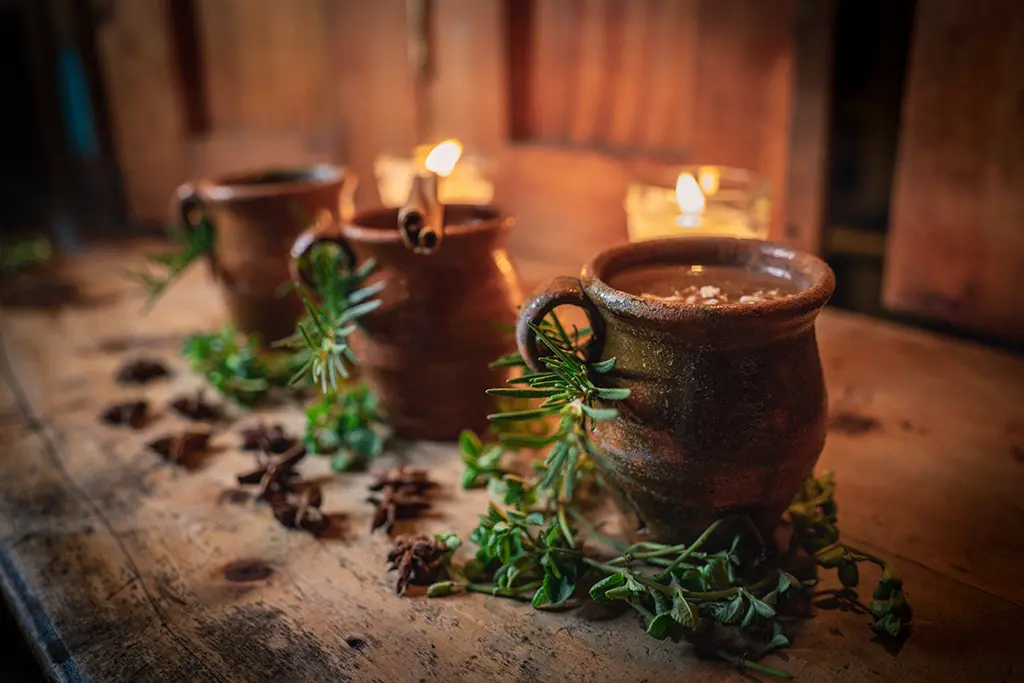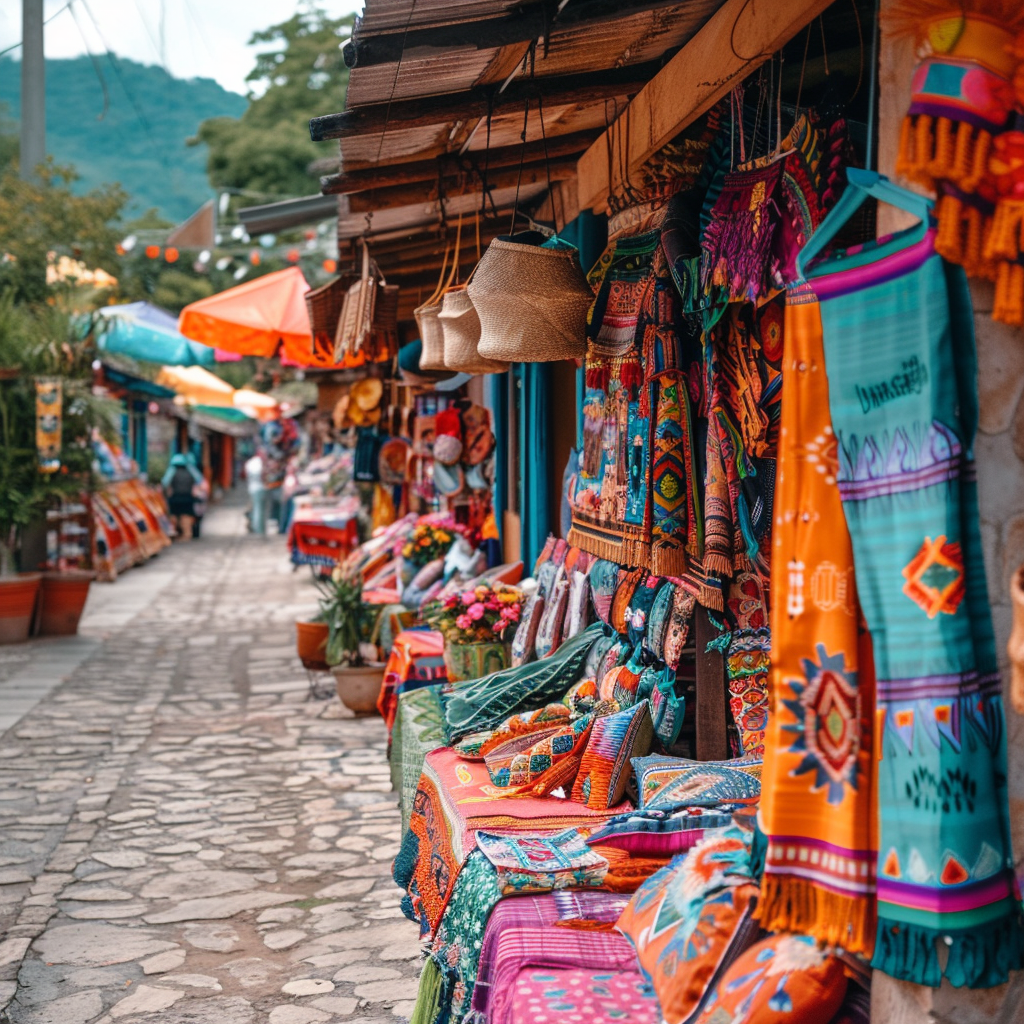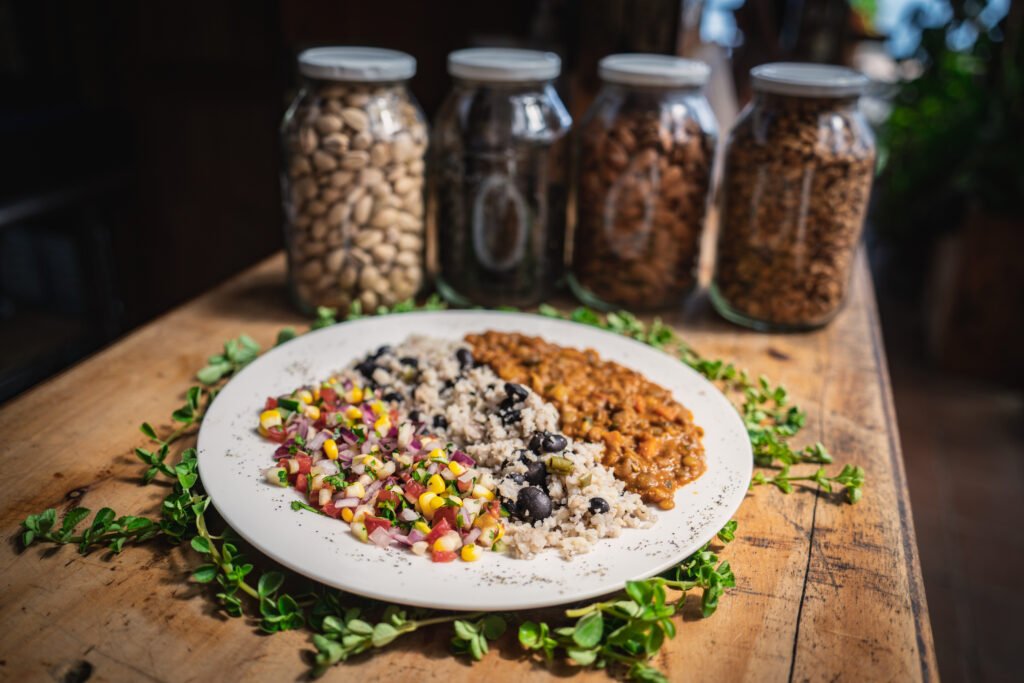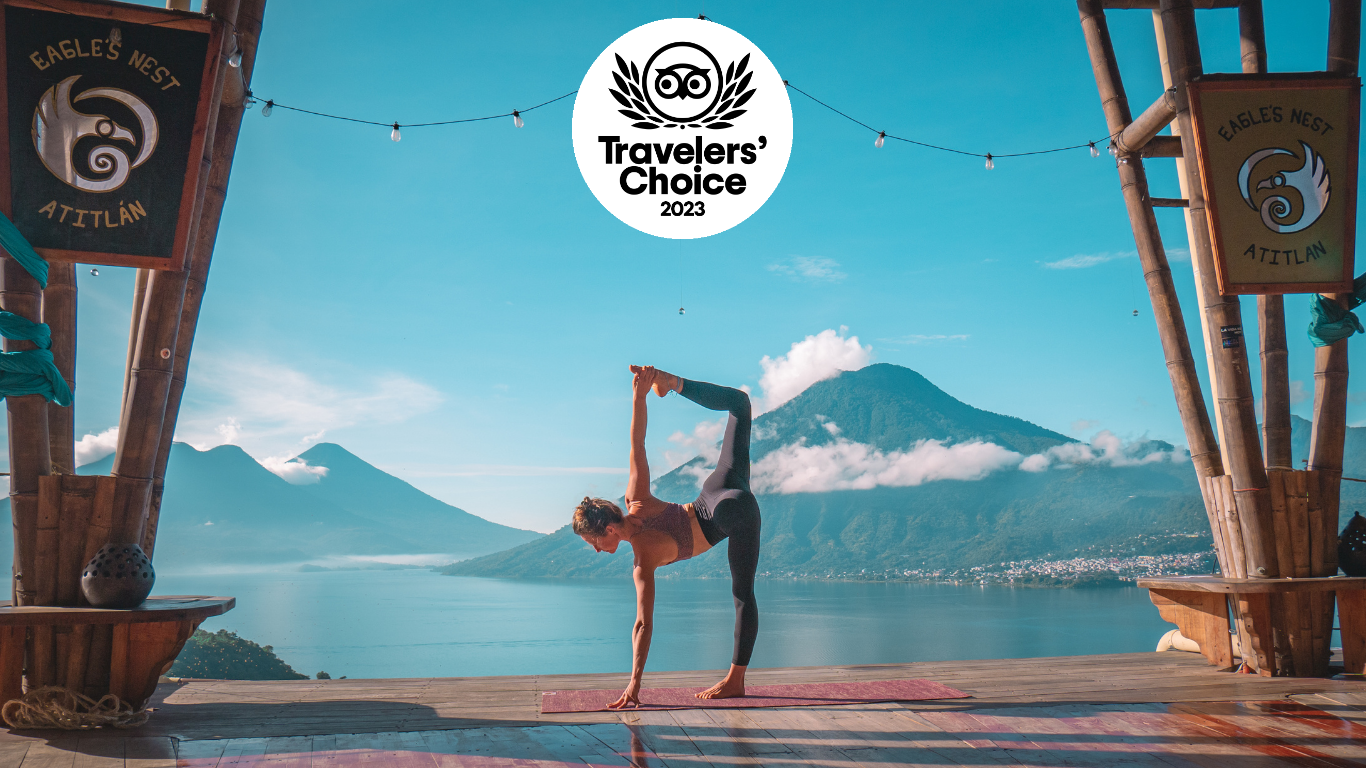Discover the 5 Enchantments of Lake Atitlan Cultural Experiences
Experiencing the grandeur of Lake Atitlan in Guatemala is a journey through the essence of Mayan heritage. The lake area, encircled by majestic volcanoes, presents a blend of natural beauty and rich cultural depth. This corner of the highlands is a living museum showcasing the traditions and customs of the indigenous Maya, thriving in diverse expressions around the water’s edge. In this blog post, we dive into the myriad aspects that make Lake Atitlan a true haven for cultural enthusiasts, from its local art and spirituality to the festivals that infuse life into the landscape.

Exploring the Heart of Maya Traditions
Lake Atitlan’s Vibrant Textile Artistry
The handcrafted textiles of Lake Atitlan are nothing short of a visual feast. Steeped in ancestral knowledge and passed through generations, the intricate weavings reflect the identities of the various Maya communities residing around the lake. Each village boasts its own unique patterns and motifs, symbolizing local legends, natural elements, and cosmic beliefs. The bright colors and complex designs not only serve as a form of artistic expression but also as a mode of storytelling, where each thread conveys a narrative deeply embedded in Maya culture. If you could only choose one this would be the Lake Atitlan cultural Experiences I would choose.
The Spiritual Significance of the Lake’s Surroundings
Lake Atitlan is believed by many to be a sacred site. The lake’s serene waters and the surrounding mountains create a tranquil ambiance that is both captivating and revered. This sense of sanctity is palpable in the numerous spiritual rituals and ceremonies that take place within the vicinity. Shamans often conduct ancient rites along the shores, offering an unparalleled glimpse into the deeply held spiritual beliefs that remain integral to the Maya way of life.
Culinary Journeys Around the Lake: Lake Atitlan Cultural Experiences
Local Gastronomy: A Taste of Authenticity
Culinary exploration around Lake Atitlan presents an authentic taste of Maya cuisine, which is deeply rooted in the rich volcanic soil of the region. Here, traditional dishes passed down through generations make the most of local ingredients like corn, beans, and an array of distinctive chilies. Visitors have the opportunity to delight their palates with traditional delicacies while appreciating the profound connection the Maya have with their land.
Coffee Culture: Savoring the Highlands’ Flavors
The highlands of Guatemala yield some of the world’s most sought-after coffee beans, and Lake Atitlan is at the heart of this production. The area’s coffee culture is a testament to the dedication of local farmers who cultivate these beans under the shade of avocado and banana trees. A visit to a coffee plantation offers a chance to savor and understand the meticulous process behind each cup of this rich, aromatic beverage that graces tables worldwide.
Artistic Expressions of the Lake Atitlan Communities
An Insight into Atitlan’s Art Galleries
The artistic community around Lake Atitlan is as diverse and vibrant as the locale itself. Numerous galleries around the lake showcase the artistry of local talents, with collections ranging from contemporary pieces to traditional folk art. Each exhibit tells a story, allowing an insight into the dynamic soul of the local communities. Definitly some of the Lake Atitlan cultural experiences to go to.
Street Art and Murals: Narratives of a Region
The narratives of Lake Atitlan’s people are not confined to galleries; they unfold vividly on public walls using the region as a canvas. Murals and street art in the villages capture the essence of community life, historical milestones, and common aspirations, offering a vivid and accessible gallery under the open skies.
Festivals and Celebrations: A Calendar of Lake Atitlan Cultural Experiences
The Panajachel Fair: A Microcosm of Regional Festivity
One cannot speak of Lake Atitlan culture experiences without highlighting its festivals and fairs. The Panajachel Fair, in particular, is a vibrant display of regional festivity, with music, dance, and markets that showcase the breadth of local craftsmanship. This event provides an opportunity to immerse oneself in the joyful spirit and communal pride of the lake’s inhabitants.
Solstice Ceremonies: Ancestral Rites and Revelry
The solstice ceremonies at Lake Atitlan cultural experiences are a profound manifestation of the region’s ancestral roots. These rites, filled with ritual and celebration, are key dates in the cultural calendar where the community gathers to honor the cycles of nature and pay homage to ancient cosmologies. It is during these times that the continuum of past and present is truly felt.
The Architectural Heritage of Lake Atitlan
Colonial Landmarks Amidst Natural Splendor
Lake Atitlan cultural experiences, architectural heritage stands as a testament to the diverse historical influences that have shaped the region. Colonial landmarks, punctuating the natural landscape, tell tales of the era when Spanish baroque influences were introduced to the indigenous architecture. This intermingling of styles has given rise to a distinctive aesthetic that enhances the area’s picturesque charm.
Tracing the Ruins: Echoes of Pre-Columbian Times
Beyond the colonial imprints, Lake Atitlan’s pre-Columbian heritage offers a powerful connection to the distant past. Exploring the ancient ruins allows for a contemplation of the civilizations that once flourished here, leaving behind echoes of their sophisticated societies and timeless architecture, which today are enshrined as integral chapters of the region’s historical narrative.

Interactions with the Local Weavers and Artisans
Handmade Crafts: Witnessing the Creativity First-Hand
A visit to Lake Atitlan cultural expereinces provides a unique chance to interact with local weavers and artisans, witnessing their craft first-hand and appreciating the skill involved in creating their handmade works of art. From pottery to jewelry and beyond, each craft is a physical representation of the community’s creativity and an enduring cultural legacy.
Supporting the Local Economy through Fair Trade
Engaging with the local economy through the purchase of fair trade items is of immense value to the artisans of Lake Atitlan. Ethical tourism practices can ensure that visitors not only leave with a piece of the culture but also contribute to the sustainability and growth of the local industries, fostering a reciprocal relationship between visitor and host community.
FAQ: Questions and Answers of Lake Atitlan cultural experiences
What culture can you experience and see clearly around Lake Atitlan?
What is the myth of Lake Atitlan?
One popular myth of Lake Atitlan cultural experiences is rooted in Maya folklore and tells of the lake’s creation. According to legend, Lake Atitlán formed in the crater left behind after the collapse of a giant monster, whose heart later became the volcanic hill known as Cerro de Oro. Another myth speaks of the gods crying for the loss of the great Maya civilization, their tears filling the crater to create the lake. There are also stories that speak of underwater cities and lost civilizations, akin to an Atlantean narrative, lying beneath its deep waters. These myths and legends contribute to the mysterious and enchanting atmosphere that surrounds the lake.
What is so special about Lake Atitlan?
What is the spiritual significance of Lake Atitlan?
How can you explore Lake Atitlan and its surrounding villages?
What are the best times of year to visit Lake Atitlán?
The best times to visit Lake Atitlan cultural experiences are during the dry season, which runs from November to April. During these months, the weather is predominantly sunny and temperate, providing ideal conditions for outdoor activities and sightseeing. The rains tend to be minimal, and the skies clear, offering unobstructed views of the lake and its volcanic surroundings. Late November to mid-December and February to April are particularly appealing for those who prefer fewer tourists and a more peaceful visit. That said, travelers should also consider experiencing one of the region’s vibrant festivals, such as Semana Santa (Holy Week) in March or April, to see Lake Atitlán’s culture in full bloom, albeit with larger crowds.
What kind of wildlife can be found around Lake Atitlán?
Lake Atitlan’s natural ecosystem is rich and diverse, supporting various species of wildlife. Around the lake, one can find a range of bird species such as the azure-rumped tanager, the white-faced ground sparrow, and the horned guan. The forests and nature reserves surrounding the lake, such as the San Pedro Volcano Reserve and Atitlán Nature Reserve, are home to mammals like spider monkeys, paca (a large rodent), and coati. The lake itself is inhabited by fish such as the black bass and Jotiya, although it’s important to note that some species, like the Atitlán grebe (a bird), have now become extinct. Butterfly enthusiasts can enjoy a myriad of species in the area, contributing to the lake’s dynamic wildlife scene.
Are there any environmental concerns affecting Lake Atitlan?
Summary of Lake Atitlan cultural experiences




